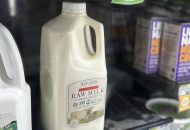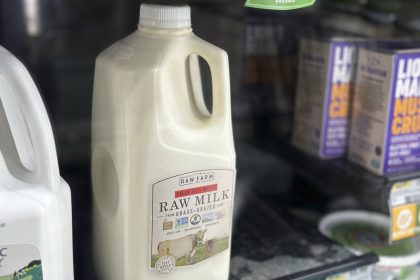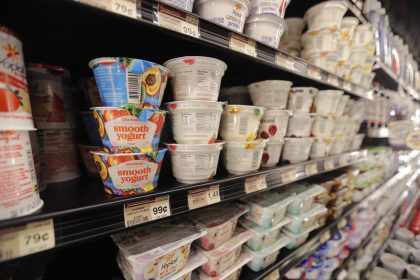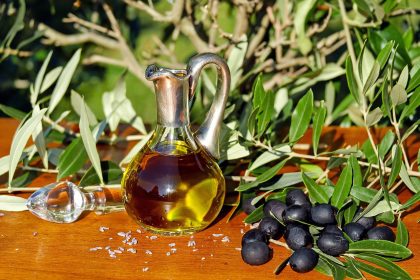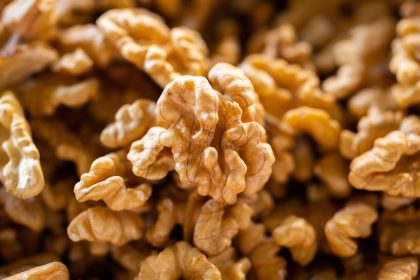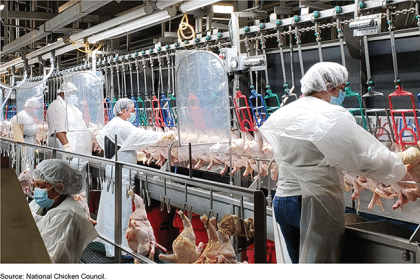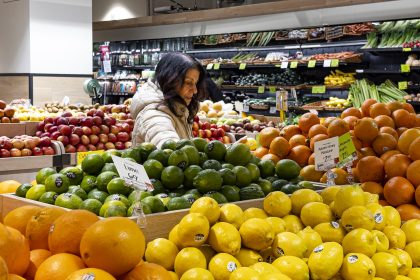Guide to Preparing Healthy Meals for the Work Week
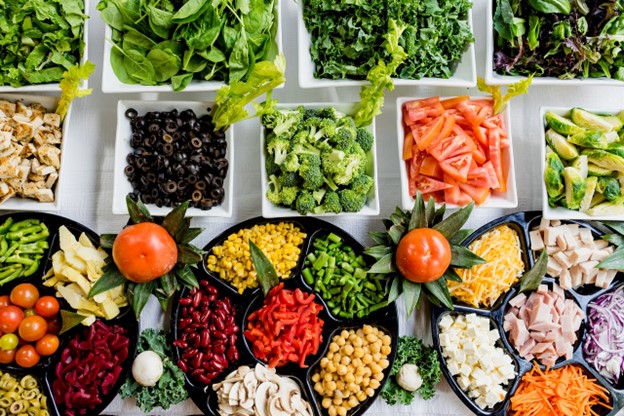
WASHINGTON — When you’re always on the go it’s hard to find the time to prepare healthy meals. There’s nothing wrong with grabbing some meals out, but the financial and health costs can add up. Eating homemade, healthy, balanced meals fuels your body and brain and helps you feel your best.
Meal prepping doesn’t have to be all or nothing; you don’t need to eat cold chicken and broccoli all week to reap the benefits. Here are some tips for preparing healthy options for the work week, the best foods to choose and how to put it all together.
Why Meal Prep?
Do you need to cook pounds of chicken every Sunday if you’re not a competitive bodybuilder? No, but here are a few scenarios in which it can come in handy.
- For Saving Money: Although groceries are expensive, you may save money in the long run by preparing more of your own food instead of dining out or ordering in while at work.
- For Fitness Goals: Maybe you are a competitive bodybuilder, or someone with a fitness goal of losing weight, building muscle, increasing your strength, playing a sport or fueling up before and after a workout. In any of these cases, preparing your own food ensures you get the ingredients, macro and micronutrients you need to support your goals.
- For Busy Parents: Feeding your children takes up plenty of time and you likely want to be sure you’re feeding them healthy foods to support their growth. Meal prepping a few items for them can help.
- For Saving Time: Having some food prepared in advance for yourself or your family gives you some of your time back outside of working hours.
Meal Prepping Tips
Start With a Few Meals
You may enjoy taking the time to cook dinner in the evenings but find the mornings are tough. In that case, start with prepping some breakfast items.
If you don’t have time to leave your desk at work, prioritize preparing lunches so you can stay fueled throughout the day.
If you find yourself reaching for sweets during your mid-day slump, focus on preparing some energizing, nutrient-dense foods to have on hand for healthy snacks.
Cook in Batches
Some people like to plan out a weekly menu. If you want to have the same thing for lunch every day, prepare a few portions at once. Then, you can grab a serving every day without having to cook from scratch.
Take it a Few Days at a Time
While some people will prepare a whole week’s worth of food on Sunday, some want convenience with a bit more freshness. You can prepare two or three days at a time and do it twice during the week. Invest in some high-quality containers to keep your food sealed and fresh.
Plan Your Macros
When you are putting together your meals, thinking of macronutrients is helpful. Protein, carbohydrates and fats are the macronutrients that make up all food; a balanced meal includes some of each.
Protein
Aim to have a source of protein at every meal. Here are some easy, meal-prep-friendly protein sources.
Breakfast Proteins
- Hard-boiled eggs.
- Turkey bacon.
- Greek yogurt.
- Cottage cheese.
- Protein smoothie.
Lunch and Dinner Proteins
- Chicken or turkey breast tenderloins.
- Lean ground beef or turkey.
- Salmon, tuna or other fish.
- Plant-based proteins: tofu, tempeh, lentils, quinoa and legumes.
Carbohydrates
Carbohydrates sometimes get a bad rap, but they provide energy for your body and brain. Unless you’ve been given medical advice to limit carbohydrates, cutting them out isn’t good for your health — even if you’re trying to lose weight. You may want to focus on complex carbs that help you feel fuller longer and provide a sustained energy release.
Breakfast Carbs
- Overnight oats.
- Chia Seed pudding.
- Fruits: berries, bananas, pineapple.
Lunch and Dinner Carbs
- Brown rice or white rice.
- Sweet potatoes.
- Beans.
- Quinoa.
- Lentils.
- Chickpeas.
- Whole-grain pasta.
Fats
Fats help you feel satisfied after a meal. Cooking with olive oil or avocado oil will add healthy fats into your prepared foods.
You can also top your foods with nuts or seeds or have them as a snack.
Veggies
Eating more vegetables can help keep you full and provide your body with micronutrients and antioxidants to boost your immune system and overall health.
Breakfast Veggies
- Include veggies in egg sandwiches.
- Add frozen veggies to a protein smoothie.
Lunch and Dinner Veggies
If you like to have a big salad for lunch or dinner, buying all the vegetables, washing, cutting them and storing them in containers can be helpful. Then, you can just grab from each container to create your salad or eat them as part of a healthy snack.
- Greens: Spinach, kale, arugula, Swiss chard.
- Carrots.
- Bell peppers of all colors.
- Broccoli.
- Cucumbers.
- Tomatoes.
- Any other vegetables you like.
If you prefer cooked vegetables, throw a bunch of them in a pan, top with olive oil and seasoning and roast them. Here are some examples, but you can use any that you like:
- Peppers.
- Carrots.
- Onions.
- Brussels sprouts.
- Sweet potatoes.
Putting It All Together
Once you’ve chosen and prepared foods from each category, you can combine them into whatever meals you like each day. You can also get creative and prepare soups, stews and salads ahead of time. If you like certain foods or meals from your culture, include them as well.
Prep some snacks. Think of them as smaller meals and try to get a little protein, some carbs, and fat — for example, fruit, string cheese and nuts.
Be Prepared
If you want to eat healthier but don’t know where to start, start small and see how you like it. Notice if you feel any different after a week of eating more home-cooked foods and getting plenty of veggies in your diet. Above all, enjoy!
You can reach us at [email protected] and follow us on Facebook and X (formerly known as Twitter)














